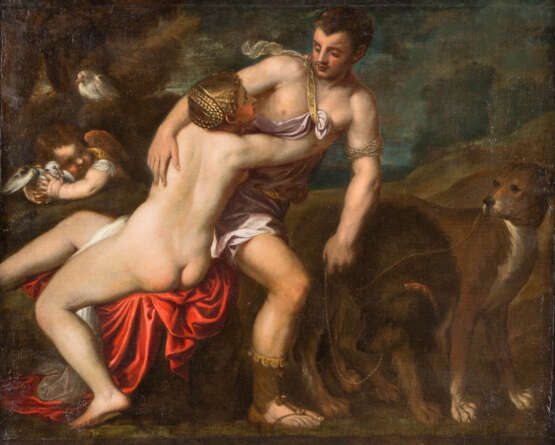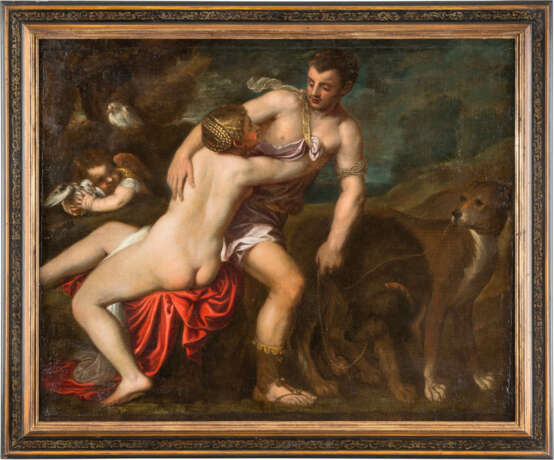ID 224480
Лот 2025 | VENUS UND ADONIS
Оценочная стоимость
€ 10 000 – 20 000
| Категория аукционного дома: | Картины Старых Мастеров |
|---|
| Категория аукционного дома: | Картины Старых Мастеров |
|---|
| Адрес торгов |
Hargesheimer Kunstauktionen Düsseldorf Friedrich-Ebert-Strasse 11+12 40210 Düsseldorf Германия | ||||||||||||||
|---|---|---|---|---|---|---|---|---|---|---|---|---|---|---|---|
| Предосмотр |
| ||||||||||||||
| Телефон | +49 (0) 2113020010 | ||||||||||||||
| Факс | +49 (0) 21130200119 | ||||||||||||||
| Комиссия | 28.56% | ||||||||||||||
| Условия использования | Условия использования | ||||||||||||||
| Транспортировка |
Почтовая служба Самовывоз | ||||||||||||||
| Способы оплаты |
Банковский перевод | ||||||||||||||
| Часы работы | Часы работы
|





